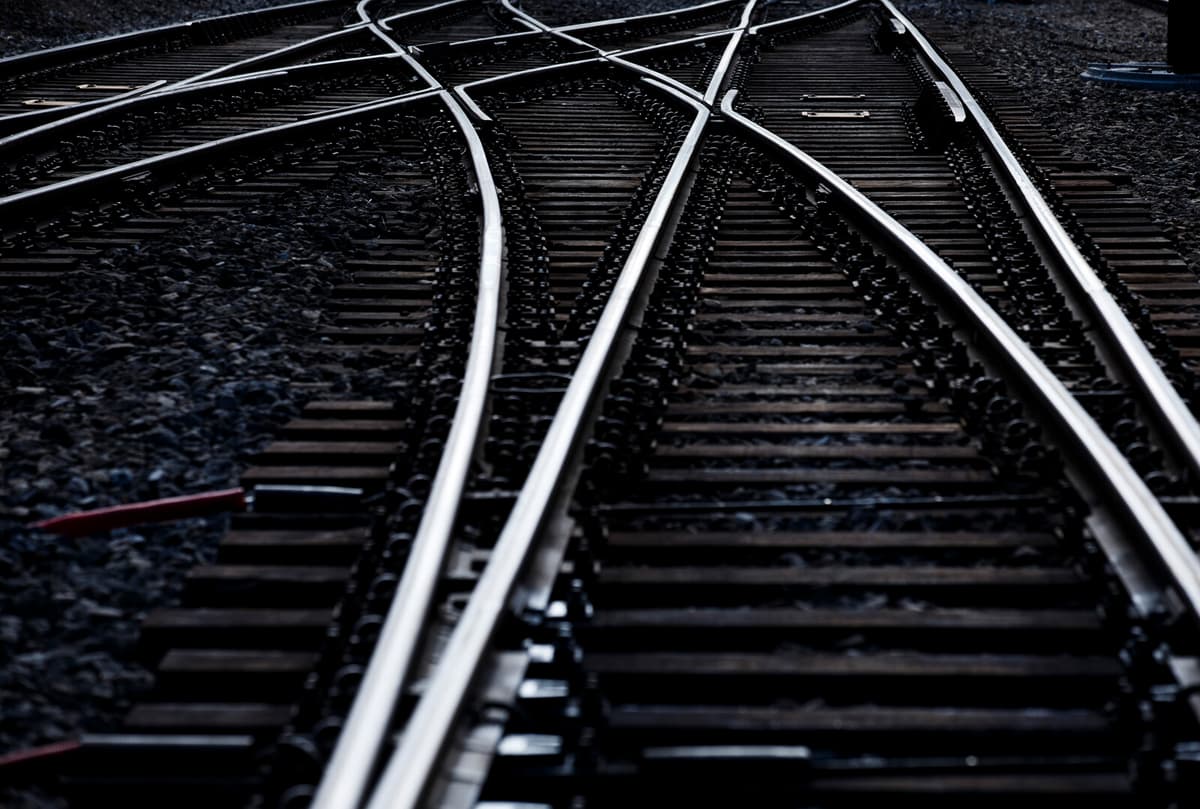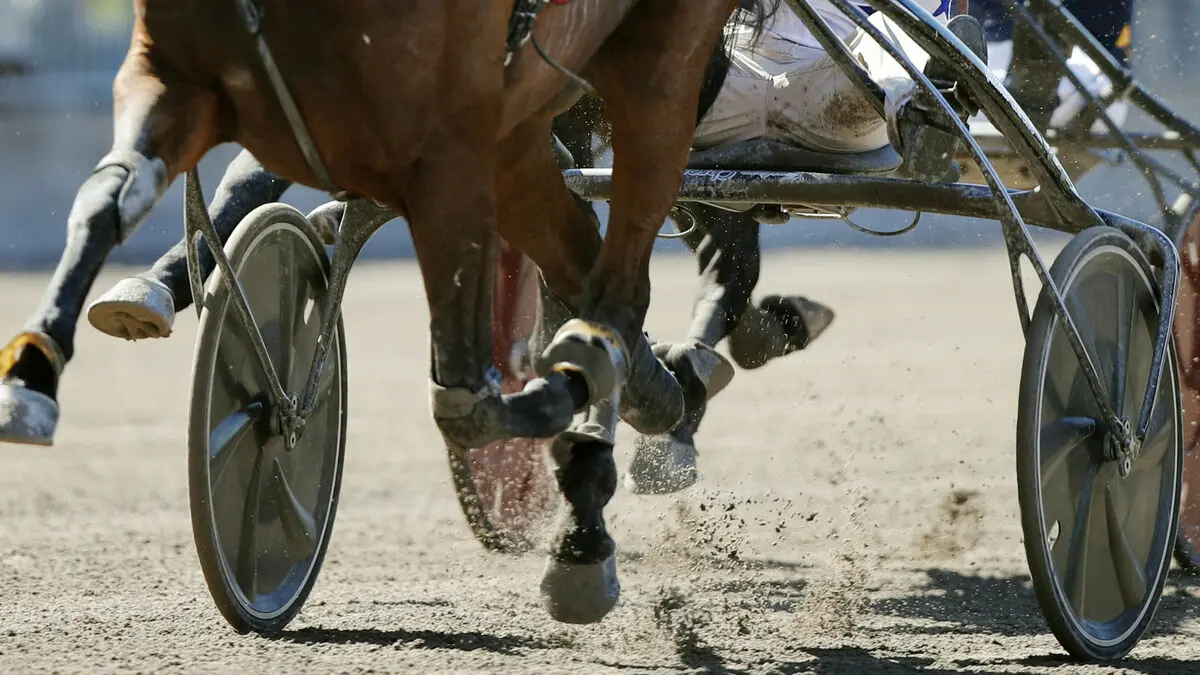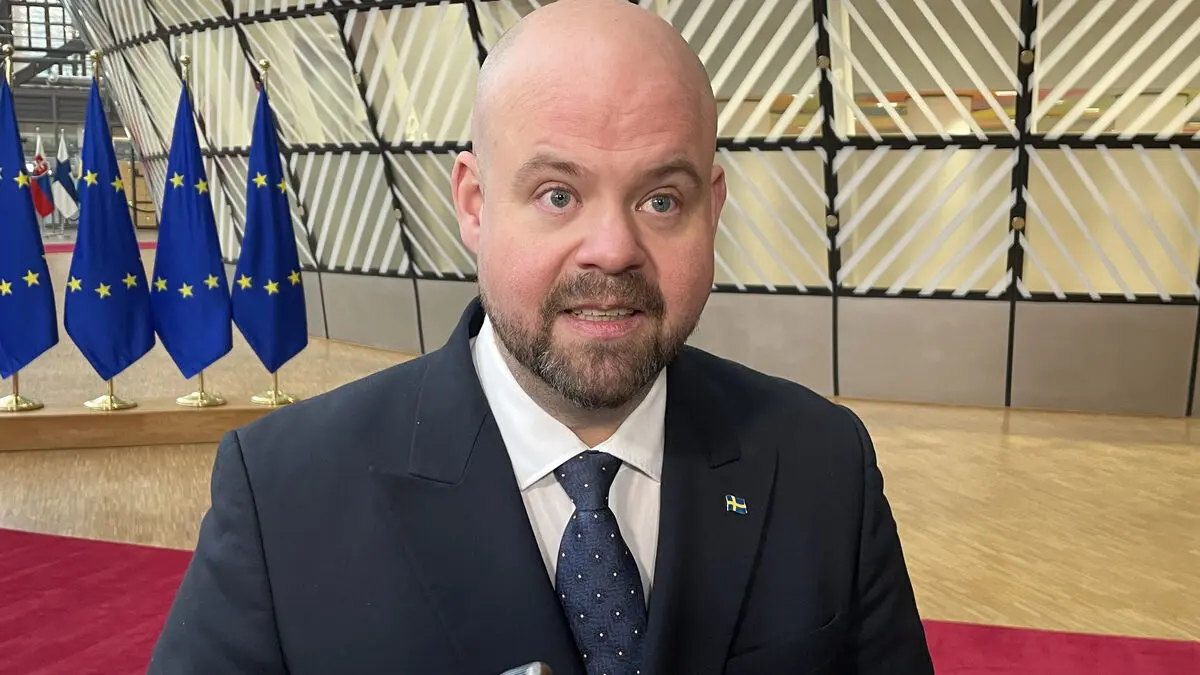The government believes that the track change is crucial as the current track width hinders the transportation of NATO reinforcements in the Nordic region.
We have already decided that we will start this. Now it's just about the timetable and the financing, says Lulu Ranne.
Finland and the Baltic countries have a broader track width than the European one, which is based on the historical connection to Russia/the Soviet Union.
For Hufvudstadsbladet, Lulu Ranne explains that both Moldova and Ukraine have already begun working on adapting the track width and that the question of a common railway standard is highly prioritized at the EU level.
If we do it now, it will happen in a controlled manner and we can use all possible EU financing. The Commission is waiting for Finland to move forward in this, she tells the newspaper.
Initially, common EU funds can finance 50 percent of the costs and then 30% of the costs once the construction has begun. In a report, the costs, technology, and timetable will be investigated, the newspaper writes.
The track change will take place step by step, and according to Ranne, the railway north of Oulu, 13 miles from the Swedish border, is prioritized.
We minimize the risks for the entire project by taking one step at a time, she says to the newspaper.





